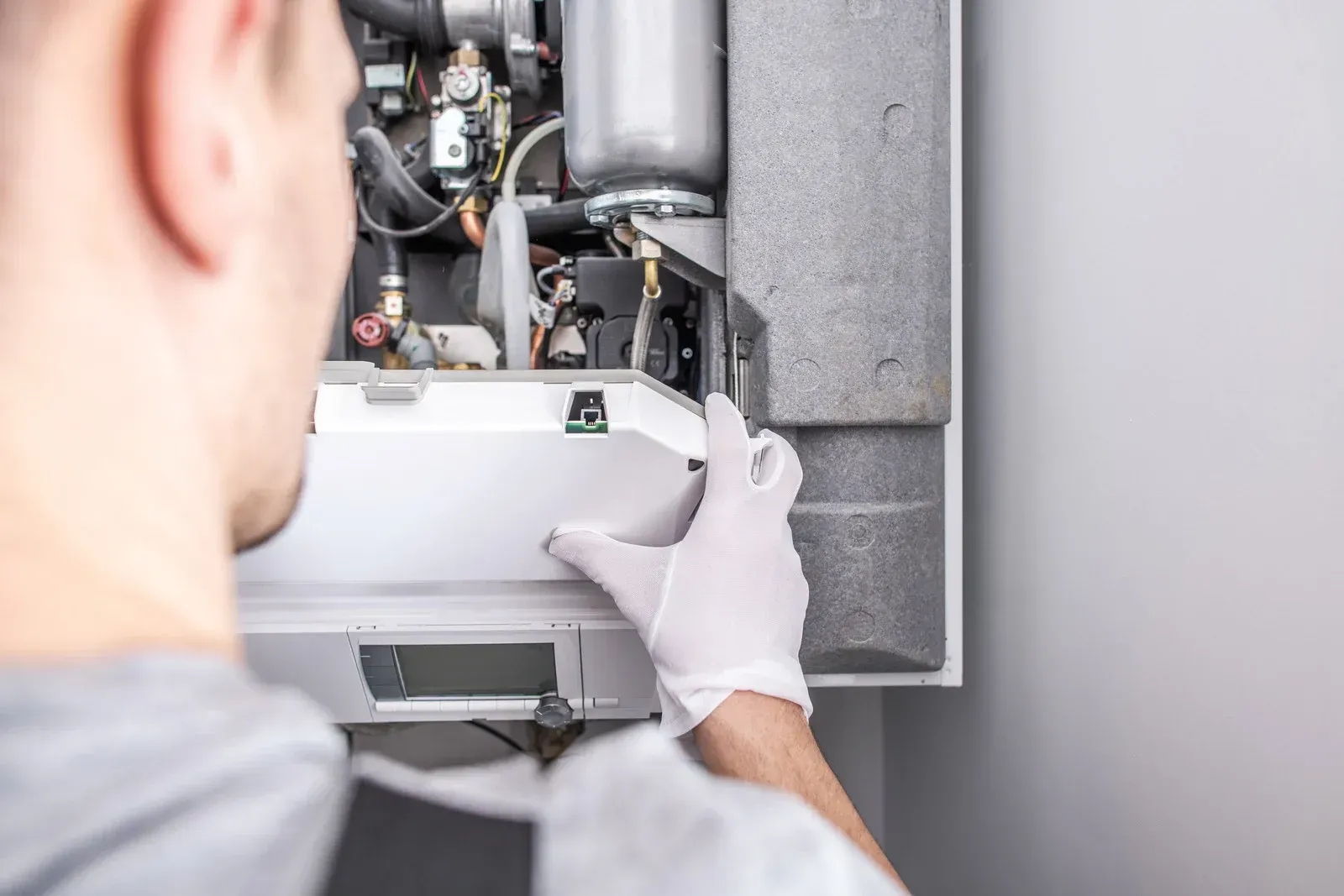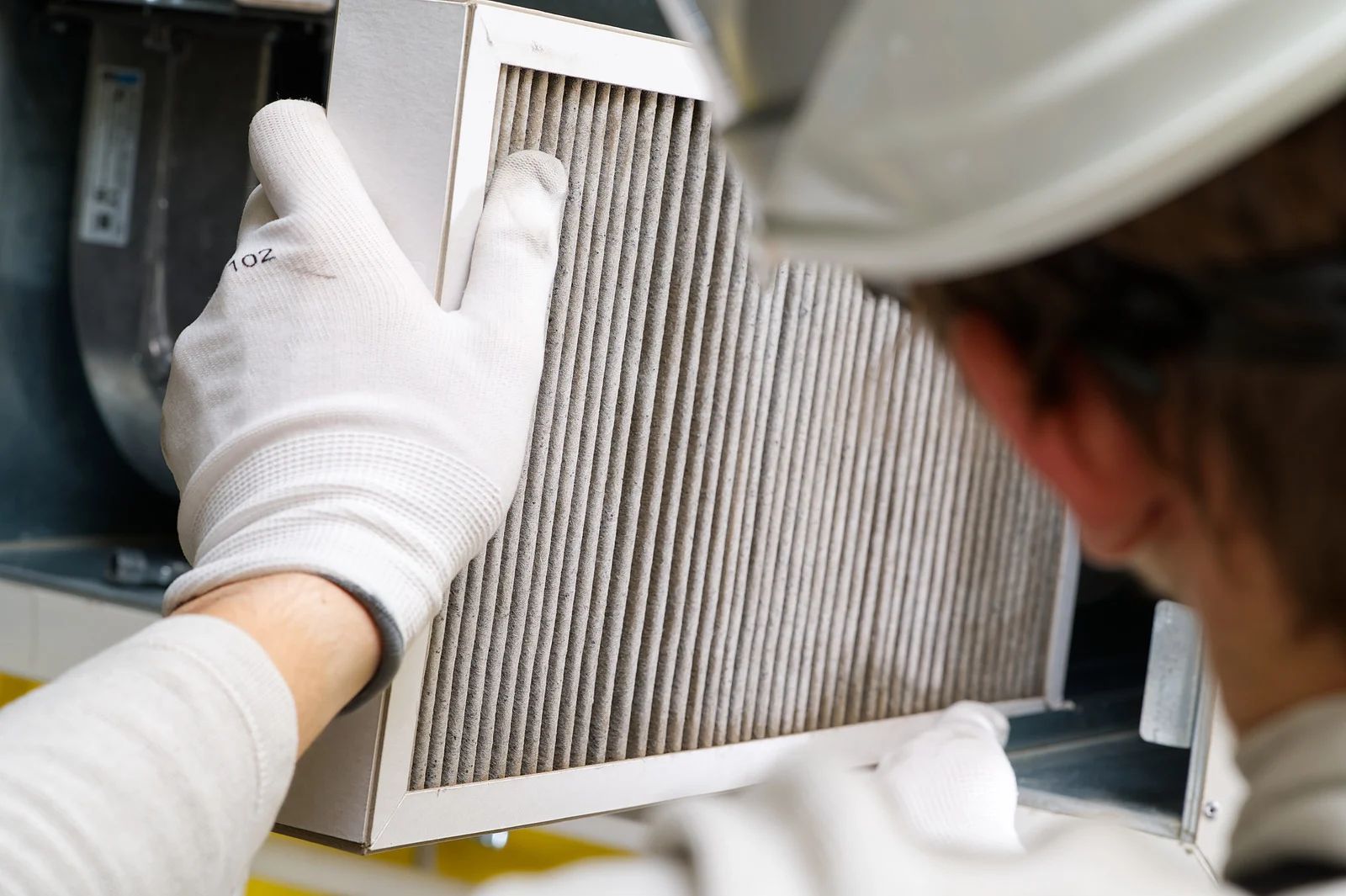Why Is My Furnace Blowing Cold Air? Common Heating Issues Explained
May 12, 2025

A furnace is essential for keeping your home warm during the colder months, so it’s frustrating when it starts blowing cold air instead of heat. This issue can stem from simple thermostat settings or more complex mechanical failures. Understanding the common reasons behind this problem can help you troubleshoot and determine whether you need professional repairs.
If your furnace is blowing cold air, don’t panic. Some issues can be resolved quickly, while others require expert attention. Here’s a breakdown of the most common reasons your furnace might not be heating properly and what you can do about it.
Common Reasons Your Furnace Is Blowing Cold Air
1. Incorrect Thermostat Settings
One of the first things to check is your thermostat. If it’s set to “ON” instead of “AUTO,” your furnace’s fan will continue running even when the system isn’t heating, making it seem like it's blowing cold air.
What to do: Switch your thermostat to “AUTO” so the fan only runs when the furnace produces heat. If the issue persists, check if the thermostat batteries need replacing or if the settings have changed.
2. Pilot Light or Ignition Issues
If you have a gas furnace, the pilot light or electronic ignition system starts the heating process. A faulty ignition system can prevent the burners from lighting, leaving you with a furnace that only blows cold air.
What to do: For older furnaces with a standing pilot light, check if it’s out and relight it according to the manufacturer’s instructions. If your furnace has an electronic ignition, a malfunction may require professional repair.
3. Dirty or Clogged Air Filter
A dirty air filter restricts airflow, causing your furnace to overheat and shut down the burners as a safety measure. When this happens, the fan may continue running, blowing unheated air through your vents.
What to do: Replace your air filter if it’s clogged with dust and debris. Changing your filter every one to three months helps maintain proper airflow and prevent heating issues.
4. Overheating Furnace
If your furnace overheats, it may trigger a safety feature that shuts off the burners to prevent damage. Overheating is often caused by restricted airflow due to a dirty filter, blocked vents, or mechanical failures.
What to do:
Ensure all vents are open and unobstructed. If your furnace repeatedly shuts off due to overheating, professional servicing may be needed to address mechanical problems.
5. Gas Supply Issues
If your gas furnace isn’t getting enough fuel, it won’t generate heat. This can result from a closed gas valve, low gas pressure, or gas line issues.
What to do: Check if the gas valve is fully open. If you suspect a gas supply issue, contact your utility provider or an HVAC technician for a safe inspection.
6. Ductwork Leaks
Leaky ductwork can allow heated air to escape before reaching your living space, making it feel like your furnace is blowing cold air. This issue is especially common in older homes.
What to do: Inspect ductwork for visible gaps or leaks. Sealing leaks with duct tape or professional-grade sealant can improve heating efficiency. If the problem persists, consider a professional duct inspection.
If your furnace is blowing cold air and you’re unsure how to fix it, Warner Heating & Air Conditioning in Riverton, UT is here to help. With 35 years of experience, we provide expert
furnace repair, maintenance, and installation services to keep your home warm. Contact us today to schedule an inspection and get your heating system running efficiently again!






